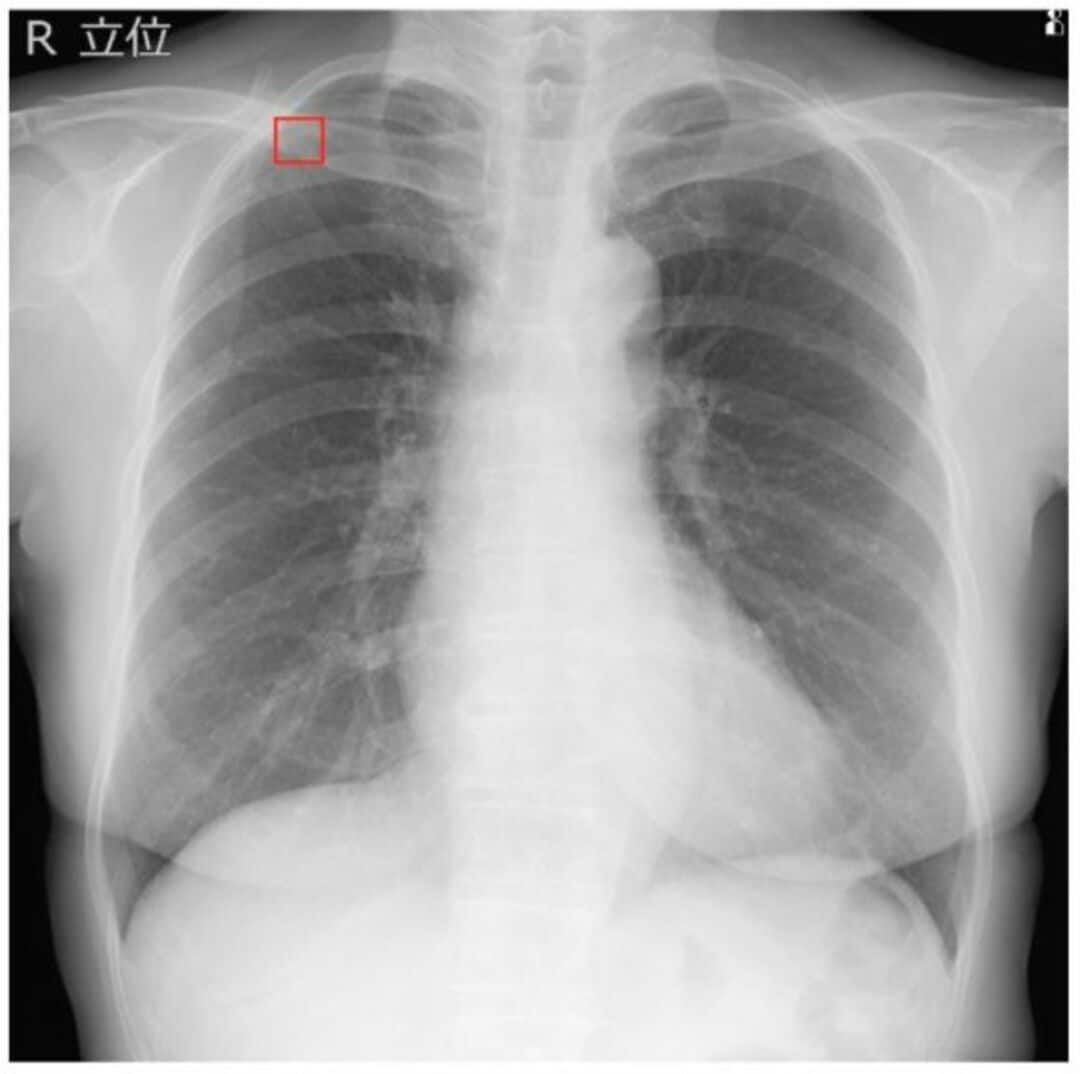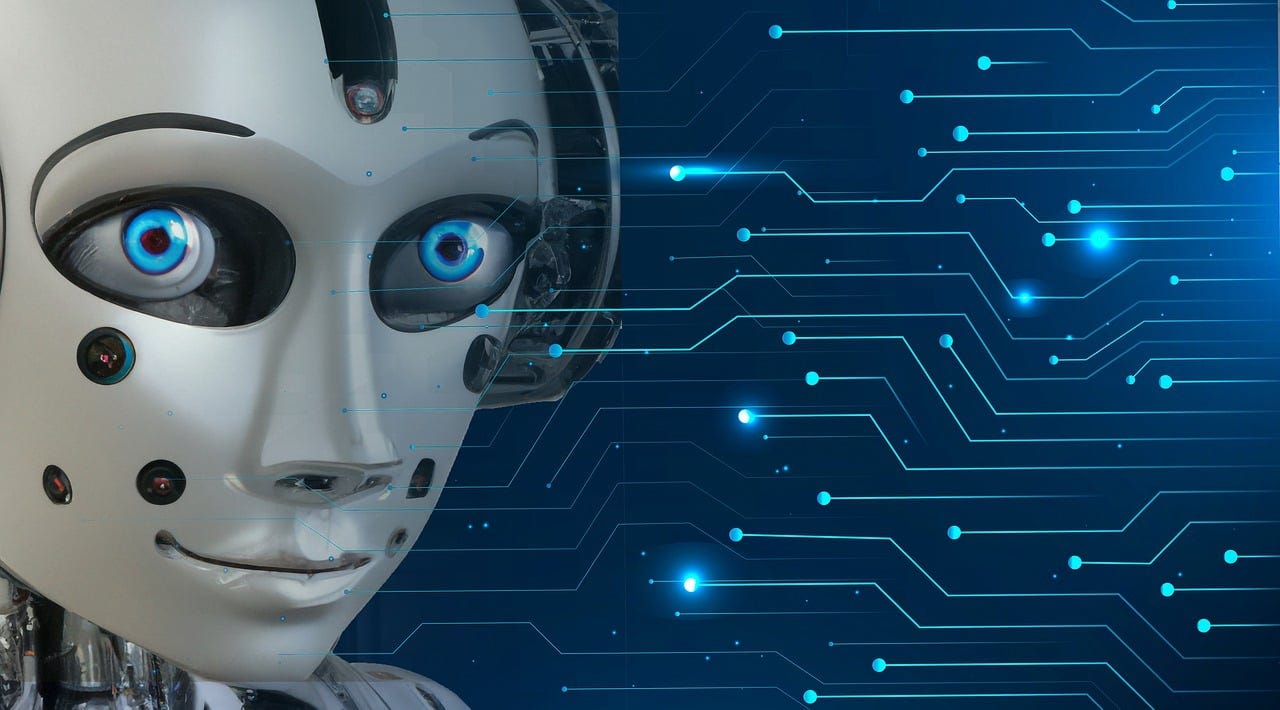AI Algorithms Enabling Computer-aided Diagnosis in Japan
Super-aging Japan is uniquely positioned to harness AI technology for revolutionary new medical breakthroughs.
What’s new: While ChatGPT and DALL·E have been dominating the headlines about artificial intelligence (AI), similar new technology is also revolutionizing medicine at a rapid pace. The combination of AI and medicine often conjures up images of a half-human, half-cyborg conducting brain surgery, but at this point a more realistic application of AI involves computer-aided diagnosis. It essentially acts as an extension of the physician’s knowledge and experience to augment and enhance a doctor’s ability to diagnose and treat various medical disorders. Japan is uniquely positioned to be on the cutting edge of this new medical revolution.
Why it matters: Japan has three characteristics that make the country the perfect “sandbox” for develop AI medical technology.
Japan is now a “super-aging society.” The average life expectancy in Japan is 81.5 years for men and 87.6 years for women, making it one of the countries with the longest life expectancy in the world. The sizeable and growing elderly segment of the population naturally tends to suffer from many of the diseases and other chronic conditions that can be addressed with this new technology.
The level of medical care across the country is highly regarded worldwide, which is important for supporting large-scale clinical trials that are necessary to validate the new technology.
Japan also has a vast amount of reliable data. AI development requires "teacher data," which provide the reference points with which to enable AI and machine learning. If the quality of the data is poor, then AI will not function well. Luckily, Japan is one step ahead of most of the rest of the world in terms of having a vast amount of reliable data.
By the numbers: The AI medical field in Japan is promising but still in its infancy.
The market is growing rapidly, with some private sector estimates suggesting that it will grow from a base of approximately 1 trillion yen (US 7.7 billion) in 2020 to become a 26 trillion yen ($200 billion) industry by 2030.
Only 20 AI medical devices were approved for manufacturing and marketing in Japan as of last spring.

Standout examples: Early advances utilizing AI algorithms have, generally, been in the field of computer-aided diagnosis.
The AI software EIRL Chest Nodule, developed by LPIXEL Inc., detects lung nodules from chest X-ray images and displays red marks in the corresponding areas. Comparing the reading by a physician with the use of the software, it has been found to increase sensitivity by 9.95% for radiologists and 13.1% for non-specialists. That is a huge improvement in accuracy and could quietly literally mean the difference between life and death. The company has also developed AI software, EIRL Brain Aneurysm, which detects and marks candidate points on magnetic resonance angiography (MRA) images that resemble aneurysmal deformities of arteries, leading to more accurate diagnosis.
SmartRobin® AI Series long-term electrocardiogram (ECG) analysis software developed and marketed by Cardio Intelligence automatically analyzes 24 hours of ECG waveforms in about 5 minutes by simply uploading ECG data to the cloud. The technology can be used to identify atrial fibrillation, which is a type of arrhythmia in which the atria of the heart tremble in small increments and are unable to pump blood to the rest of the body properly. The condition often causes blood clots that, if carried to blood vessels in the brain, may result in a cerebral infarction.
Atrial fibrillation can be prevented through early diagnosis and treatment by means of long-term electrocardiography, but it is difficult for non-specialists to detect and requires much time and effort to analyze the electrocardiogram. The system displays color-coded atrial fibrillation on the waveform data, allowing even non-specialists to identify atrial fibrillation at a glance. It has already been introduced at several medical institutions in Japan, helping to solve problems associated with long-term ECG testing and assisting in the diagnosis of arrhythmias.
Gastric cancer, which affects one in nine Japanese men and one in 19 women, is another area where the development of AI services is urgently needed. AI Medical Service Inc. is working on an application to assist in the diagnosis of early-stage gastric cancer. This type of cancer can be cured with a probability of more than 90% if it is detected in its early stage, but early detection of gastric cancer can be difficult even for experienced and veteran endoscopists. When a physician finds a lesion that has the potential to be cancerous, the endoscopic image is loaded into the AI, and the AI displays a confidence level (simply put, a value indicating how much the AI believes the lesion to be neoplastic--cancer or precancerous lesion). The assessment can subsequently be used to help a physician decide whether to order a more detailed examination.

Development challenges: While these three examples show great promise, there are two big issues holding back the development of AI technology in Japan.
First, for an AI medical device to be marketed, it must pass a "manufacturing and marketing approval review," and even if an AI is developed, it cannot be used immediately in the medical field. In some cases, it takes more than a year for the review process to be completed, and even after approval, each version of the product must undergo a review. In addition, the "manufacturing and marketing approval review" is not based on a common standard, as each AI medical device is used in different ways and has different effects and efficacy. This makes it difficult to clarify the guidelines for development. Thus, the regulatory hurdles are not insignificant.
There is also a lack of progress to obtain insurance coverage. It is said that more than half of medical institutions in Japan are operating at a loss and are, therefore, unlikely to test new technology without some sort of government support in the form of insurance coverage. In May 2019, the "Council for the Development and Advancement of AI-based Medical Devices" (AI医療機器協議会) was launched. Including the 3 companies listed above a total of 16 firms are participating in this council, which makes proposals to the government and administrative agencies regarding the implementation of AI medical devices. The government is also providing support by launching a strategy to promote the practical application of programmed medical devices called "DASH for SaMD” (Digital Transformation Action Strategies for Software as a Medical Device). These initiatives are likely to lead to swifter adoption of insurance coverage for AI medical applications.
What’s next: It is still “early days” for the application of AI technology in healthcare, but AI medical devices have the potential to become a major industry in Japan. In addition to the examples of computer-aided diagnosis listed above, AI technology is likely to be applied toward intelligent drug discovery, virtual assistant nursing, predictive medicine, robot-assisted surgery, clinical trial recruitment, and medical education.
Links to Japanese Sources: https://toyokeizai.net/articles/-/645065 and
#artificialintelligence #telemedicine #computeraideddiagnosis #EIRLchestnodule #AIMedicalService #SmartRobinAISeries #SmartRobin #CardioIntelligence #DASHforSaMD #SaMD #LPIXEL #人工知能 #AI医療機器 #診断支援内視鏡AI #AI医療機器産業 #株式会社AIメディカルサービス #カルディオインテリジェンス #エルピクセル #プログラム医療機器実用化促進パッケージ戦略 #AI医療機器協議会







